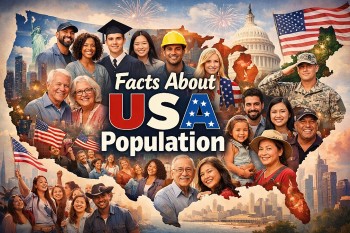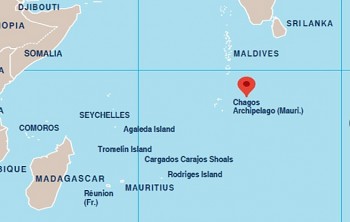Chinese National Anthem: English Version, Original Lyrics and History
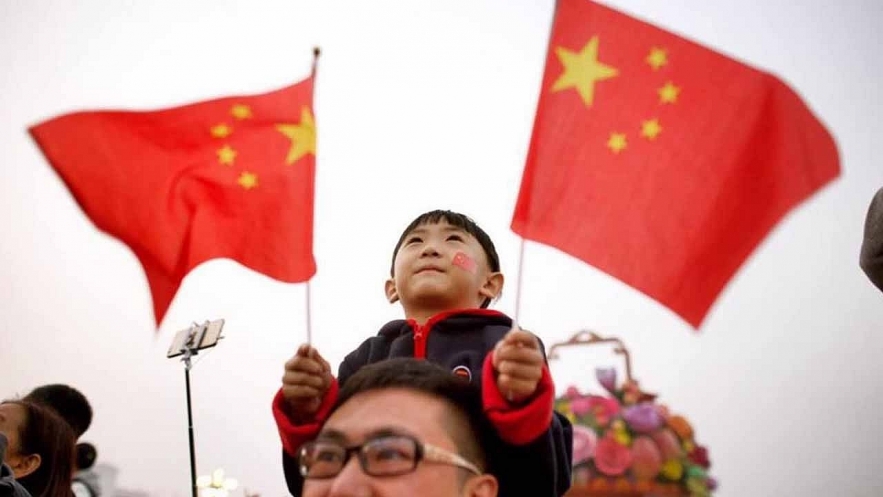 |
| What is National Anthem Of China: Original Lyrics, English Version And History. Photo CGTN |
China’s national anthem is ‘March of the Volunteers’, known more widely in China as the Chinese National Song, or the National Song of the People’s Republic of China.
As with many other countries, the national anthem China has adopted at any given moment in its history has been decided by its leadership at that time.
The Communist Party of China adopted the 1935 song "March of the Volunteers" after it came to power in 1949. Songwriter Tian Han and composer Nie Er used the local language to create this piece.
What is the history of the Chinese national anthem?
The film Sons and Daughters in a Time of Storm, which tells the story of China's fight against Japanese invaders in northeast China in the 1930s, used this song as its theme music. The song encapsulates the film's messages of determination and sacrifice for national liberation, as well as China's emphasis on values like courage, resolution, and unity in the face of foreign aggression.
By being heard and publicly recognized in its current form since 1982, it fulfills the communist values of the current state.
During Mao Zedong's control and the Cultural Revolution in the 1960s, the song was prohibited and replaced with 'The East Is Red' as the de facto anthem, with the old tune also being performed with other lyrics. It was not used as the national anthem again until its reintroduction in 1982. Mao put 'March of the Volunteers' poet Tian Han in jail.
When Hong Kong and Macau were returned to China in 1997 and 1999, respectively, the "March of the Volunteers" was adopted as their new national anthem.
Since 2004, China's national anthem has been written into the country's constitution. The anthem is played during state occasions and athletic competitions like the Olympics to represent China as a whole.
| Originally, the lyrics of this song were written by Tian Han in 1934 as a dramatic poem. The music that the poem was set to was created by Nie Er for use in a film. One of the things that makes this anthem so unique is that it isn’t as positive as other nations’ anthems. |
Original Chinese Lyrics of the National Anthem of China
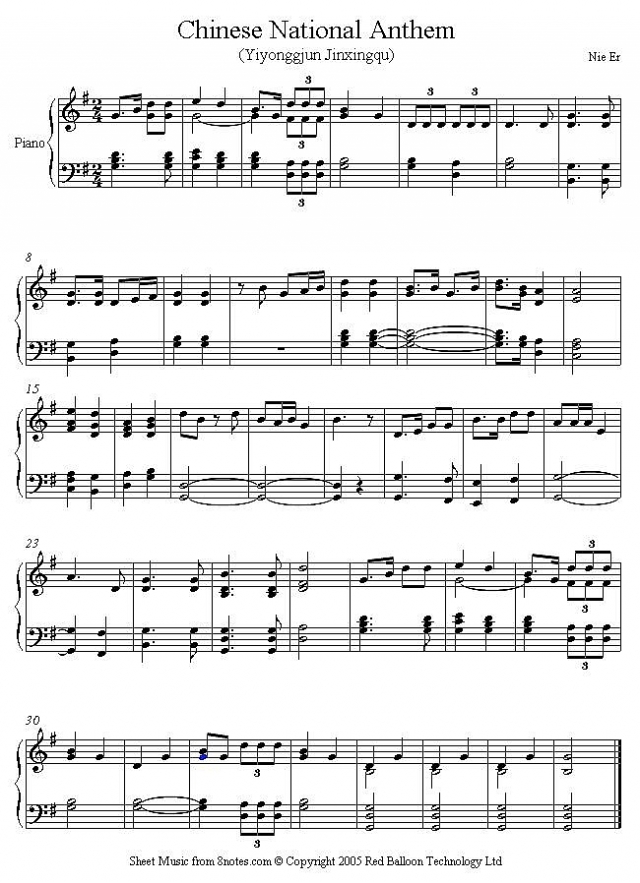 |
| Photo Pinterest |
起来!不愿做奴隶的人们!
Qǐlái! Búyuàn zuò núlì de rénmen
把我们的血肉,筑成我们新的长城!
Bǎ wǒmen de xuèròu, zhùchéng wǒmen xīn de chángchéng
中华民族到了最危险的时候,
Zhōnghuá mínzú dàoliǎo zuì wēixiǎn de shíhòu
每个人被迫着发出最后的吼声。
Měi ge rén bèipòzhe fāchū zuìhòu de hǒushēng
起来!起来!起来!
Qǐlái! Qǐlái! Qǐlái!
我们万众一心,
Wǒmen wànzhòngyìxīn
冒着敌人的炮火,前进!
Màozhe dírén de pàohuǒ, qiánjìn
冒着敌人的炮火,前进!
Màozhe dírén de pàohuǒ, qiánjìn
前进!前进!进!
Qiánjìn! Qiánjìn! Jìn!
English Lyrics of the Chinese National Anthem
Arise, ye who refuse to be slaves!
With our flesh and blood, let us build a new Great Wall!
As China faces its greatest peril
From each one the urgent call to action comes forth.
Arise! Arise! Arise!
Millions of but one heart
Braving the enemies’ fire! March on!
Braving the enemies’ fire! March on!
March on! March, march on!
National Symbols of China
Flag
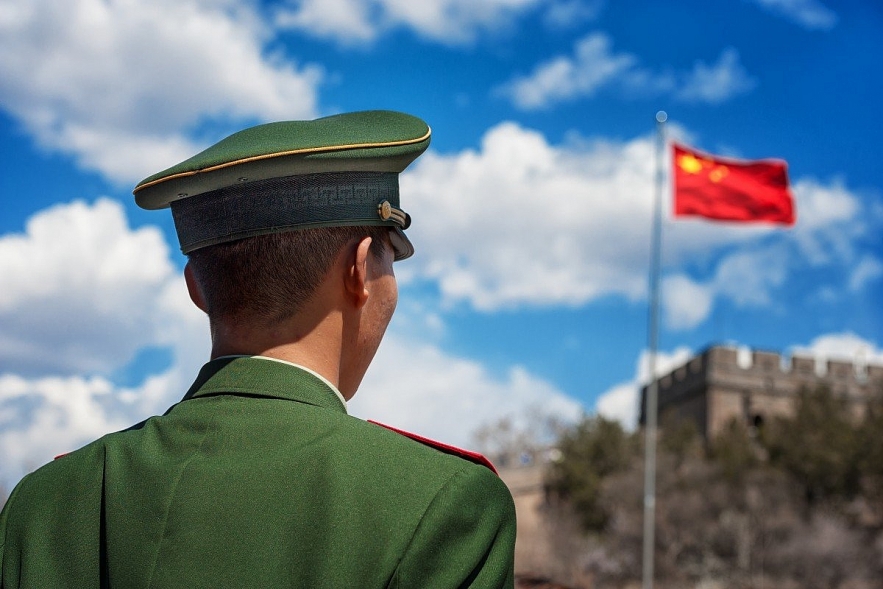 |
| Photo Shutterstock |
The Chinese national flag Upon the establishment of the People's Republic of China in 1949, the current flag of China was adopted. The crimson color represents revolution and highlights the fact that the People's Republic of China's political power was won after a long and bloody battle, which is the flag's main symbolism. It features five stars, the largest of which represents the Communist Party of China, in the top left corner. The flag's star pattern represents the remarkable solidarity of the many sectors of Chinese society under the leadership of the Communist Party of China.
Coat of Arms
The Chinese national emblem The coat of arms of the PRC was officially approved on September 20, 1950. Tiananmen Square, illuminated by five yellow stars, and surrounded by wheat ears with a gear are featured on the national coat of arms. Traditional heraldry assigns the colors yellow and red to the coat of arms, representing joy and success. The wheatears and gear represent the peasants and the working class, while Tiananmen Square represents the spirit of the Chinese people in their struggle against feudalism and imperialism.
When is National Day of China?
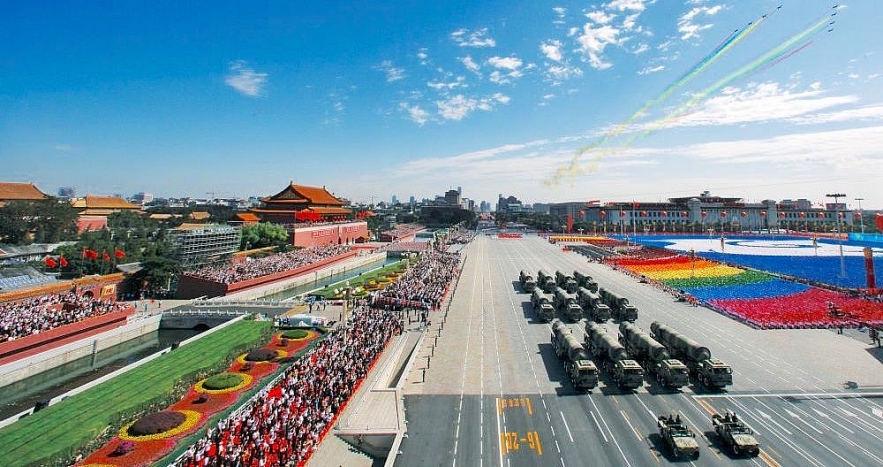 |
| Photo Chinese Language Institute |
National Day is a universal symbol of China's sovereign independence, its emergence as a nation state. As a legal public holiday, it represents national cohesion. It is the time to honor the predecessors' contribution and look to the bright future.
National Day Activities:
The large scale celebration has mass appeal, and its form has varied in different periods, but the pleasure and pride of the country have never changed.
Flag-raising Ceremony
During the flag-raising ceremony in Tian'anmen Square, national flag guards march in strict formation from the Tian'anmen Gate Tower. The national flag is raised and waves proudly in the breeze as the passionate chorus of the anthem stirs hearts. On October 1st, there will be 100,000 more visitors than usual at the ceremony.
Military Parade
The military parade suggests the military strength of China with a presentation lasting 66 minutes, for remembering national humiliation, recalling revolutionary martyrs, and lifting the national spirit.
Anniversary Activities
Communist party and status leaders offer flowers to the monument of the People's Heroes for commemorating martyrs in the liberation of China. Overseas Chinese Communities also hold a celebration and flag-raising ceremony during the festival.
An evening gala
The National Day evening gala showcases songs and dances on the theme of eulogizing the motherland and the modern era. All Chinese people feel a sense of patriotism and are in a festive mood.
Some Fun Facts about China's National DayHoliday: The schedule for National Day is not the same throughout China, and is the longest public holiday of the year in mainland China. Since 1999, the National Day holiday has been 7 days in mainland China (Golden Week), 2 days in Macao, and 1 day in Hong Kong. Decorated Streets: Lanterns with the message "Celebrate National Day" are displayed at every public building and government office. Balloons are randomly put around the central square, while potted plants are arranged to make a statement. Shopping: There are a great many shopping malls with special holiday deals to attract customers. Travel: During this extended holiday, millions of Chinese citizens travel around the country, with many congregating at tourist hotspots. The yearly growth of visits is quite staggering. If you absolutely must visit China during Golden Week, we advise against booking any kind of tourist activity, and instead suggest signing up for our cultural exchange tour, where you can participate in activities like visiting a Hutong, painting Beijing Opera facial masks, and learning Taichi, all while avoiding the throngs of other tourists. Traffic: Traffic is definitely the heaviest on the first and last day of Golden Week, so airplane tickets are more expensive, and train tickets can be tough to find. It is wise to book ahead. Hotel: Hotels are extremely busy on national holidays, given the huge increase in domestic travel. It is possible that they will also be more costly at that time. |
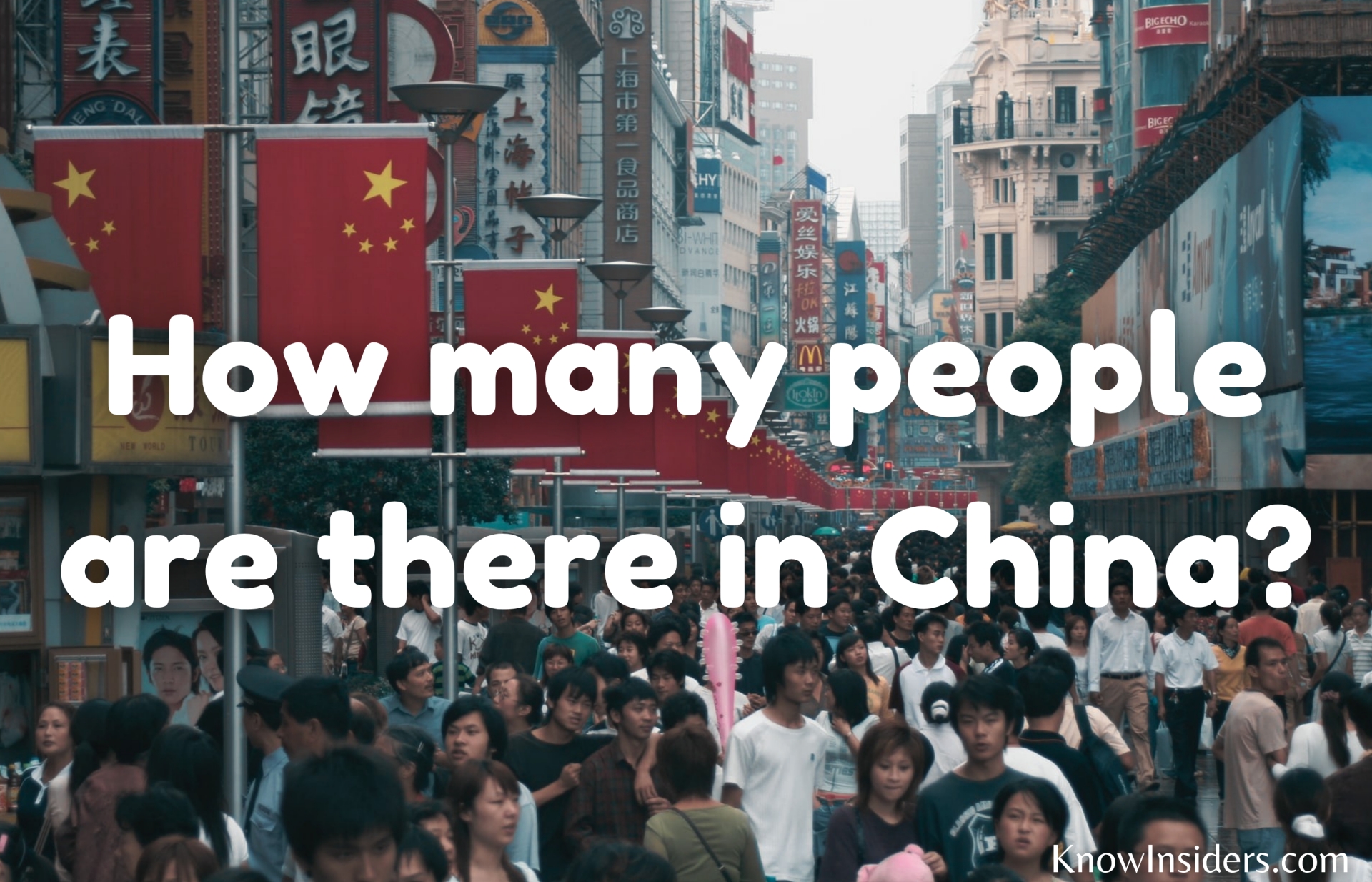 How Many People Are There in China - Updated Population How Many People Are There in China - Updated Population China population has more than doubled since the 1950s. The country was the first in the world to hit one billion people in 1980. Check ... |
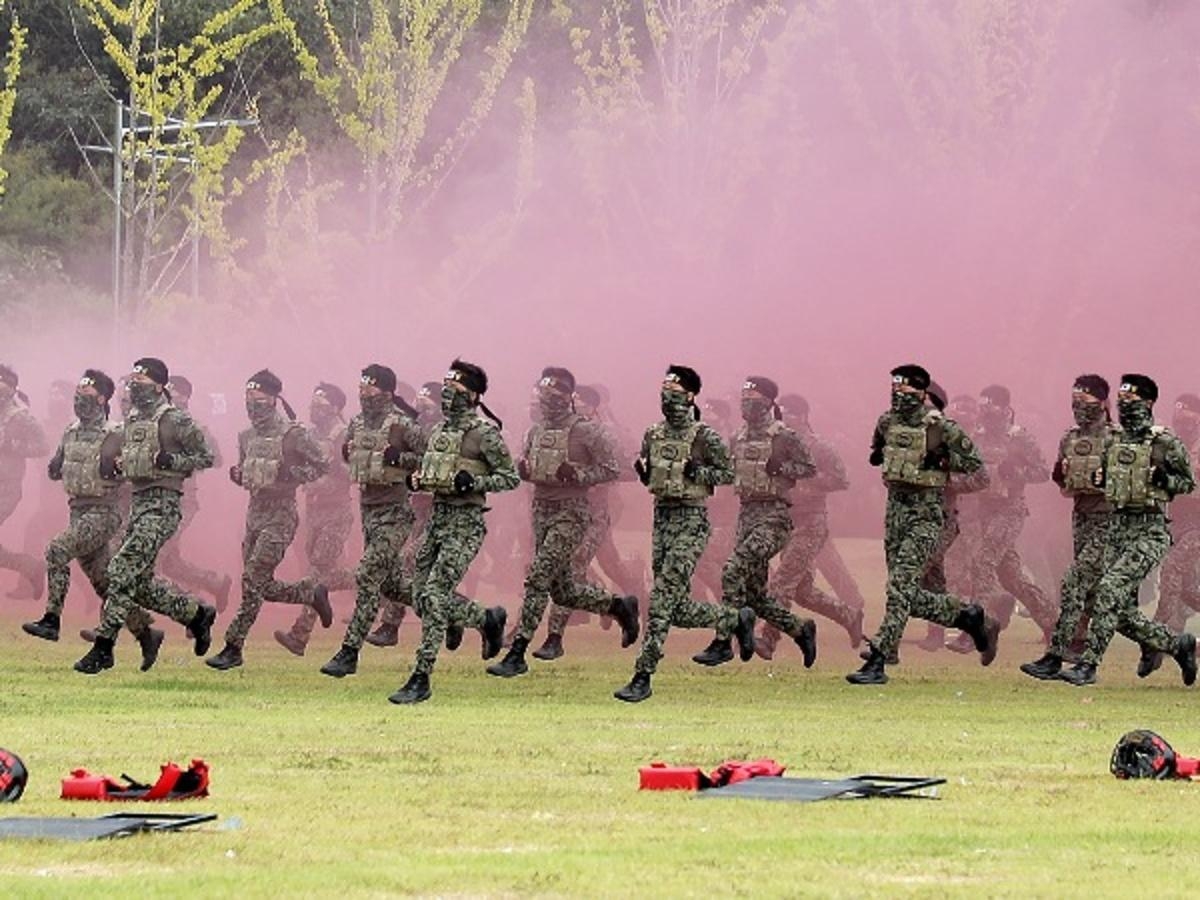 Top 9 Most Powerful Militaries In The World - Updated Top 9 Most Powerful Militaries In The World - Updated What are the most powerful militaries in the world? It’s an outwardly simple question that hides a remarkable degree of complexity. We have a ... |
 TOP 10 Best Traditional Foods in China TOP 10 Best Traditional Foods in China China is famous all over the world for not only its unique history, but also the tastes of thousands of special food. Today Knowinsiders would ... |








